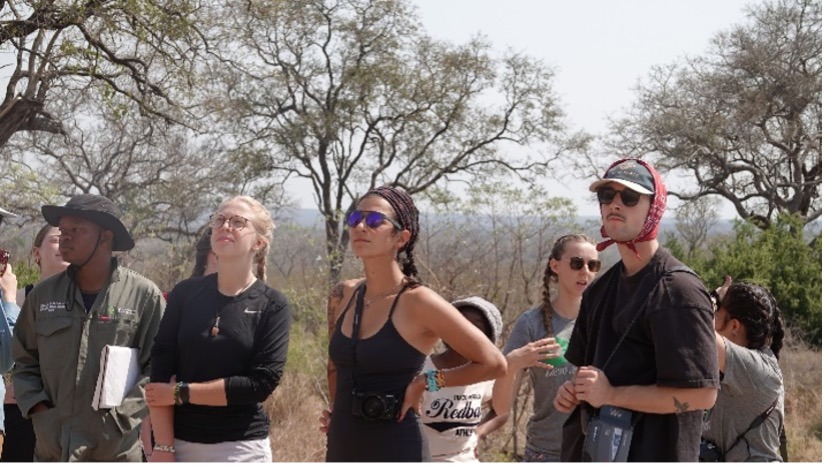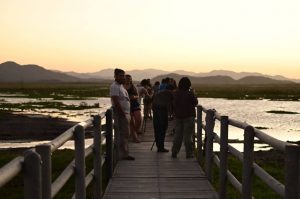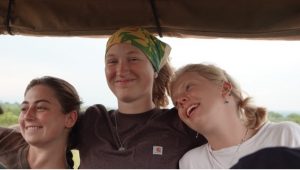Kelsey Craig
Adams State University
African Ecology and Conservation– Fall 2023
August already feels so long ago. For our group here at OTS South Africa, this first half of the program has been filled with getting to know one another, starting shenanigans, panicking about due dates, and marveling at the amazing experiences within Kruger National Park. Our professors here ask us to think outside the box and give us numerous opportunities to engage with the coursework very tangibly. My favorite example of this is the Biodiversity Collection assignment.
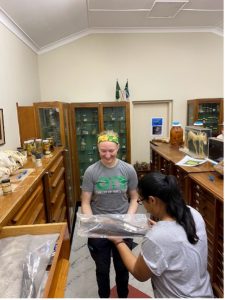

It started with a field trip to the Skukuza Biodiversity Collection and Herbarium. I’d never been to one before, so walking through the door and witnessing all the skulls, feathers, informational prints, and jars of specimens was incredible. This collection is made up of indigenous plants, invertebrates, and vertebrates that reside in Kruger. It is particularly unique because most national parks don’t have a biodiversity collection on site to use for research. This is important because it saves time and provides species from specific regions to reference. The collection was formally started in the 1960’s but specimens from as early as the 30’ are included as well. It includes fish, amphibians, reptiles, and large invertebrates stored in ethanol as well as bird and mammal skins. There is also a large collection of dried and pinned invertebrates, along with all the pressed and dried plants.
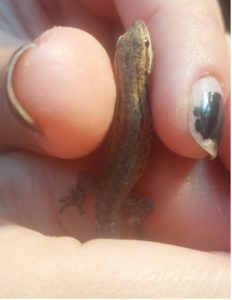
For us as a group, our task is simple. We have been asked to collect our own specimens as part of an assignment. We will be recovering plants and invertebrates from within Kruger and identifying them. This will involve pressing plants and catching bugs as we move from place to place. Our collecting has already begun and led to some very spirited butterfly chases, constantly needing a container for a cool beetle, and hoping bugs in the same jar won’t eat each other.

We also have been asked to collect vertebrate specimens, but not in the same way. We will only be photographing the animals we catch, and then releasing them to continue their business. So, no animals will be harmed, just briefly kidnapped for science. This has led to lots of excitement trying to catch various lizards, and frequent shouts of “Look, on the wall, catch it!”. Everyone has been successful, but I managed to catch a small gecko (unidentified so far) and it was so neat to feel the sticky toepads crawling on me. It almost went right up my sleeve too, which I would have enjoyed significantly less. We also set up live traps to catch some rodents, and we had the good luck of finding 3 gerbils during our first night. All of our findings will be documented and then turned in, so hopefully we can find enough of everything.
